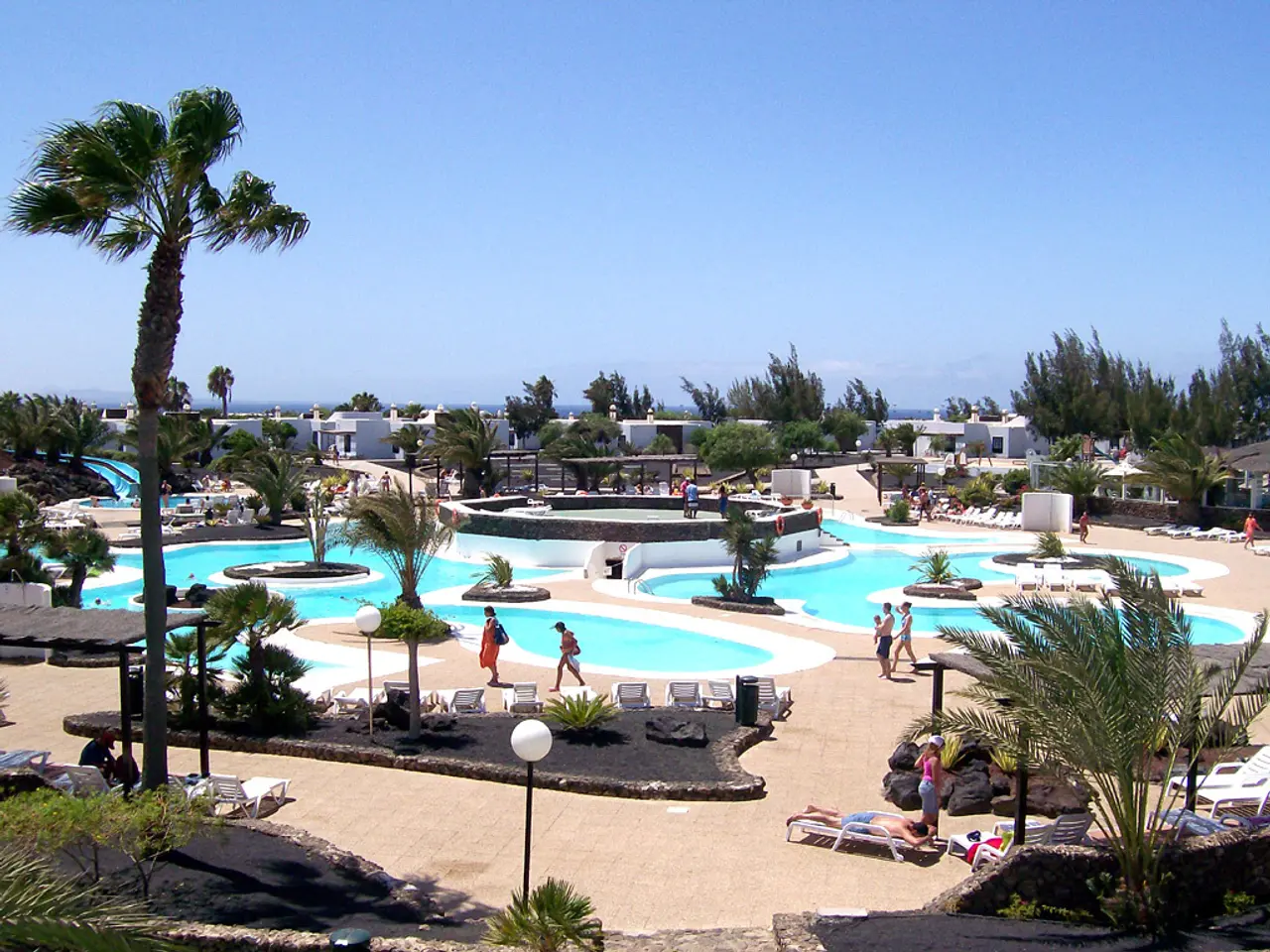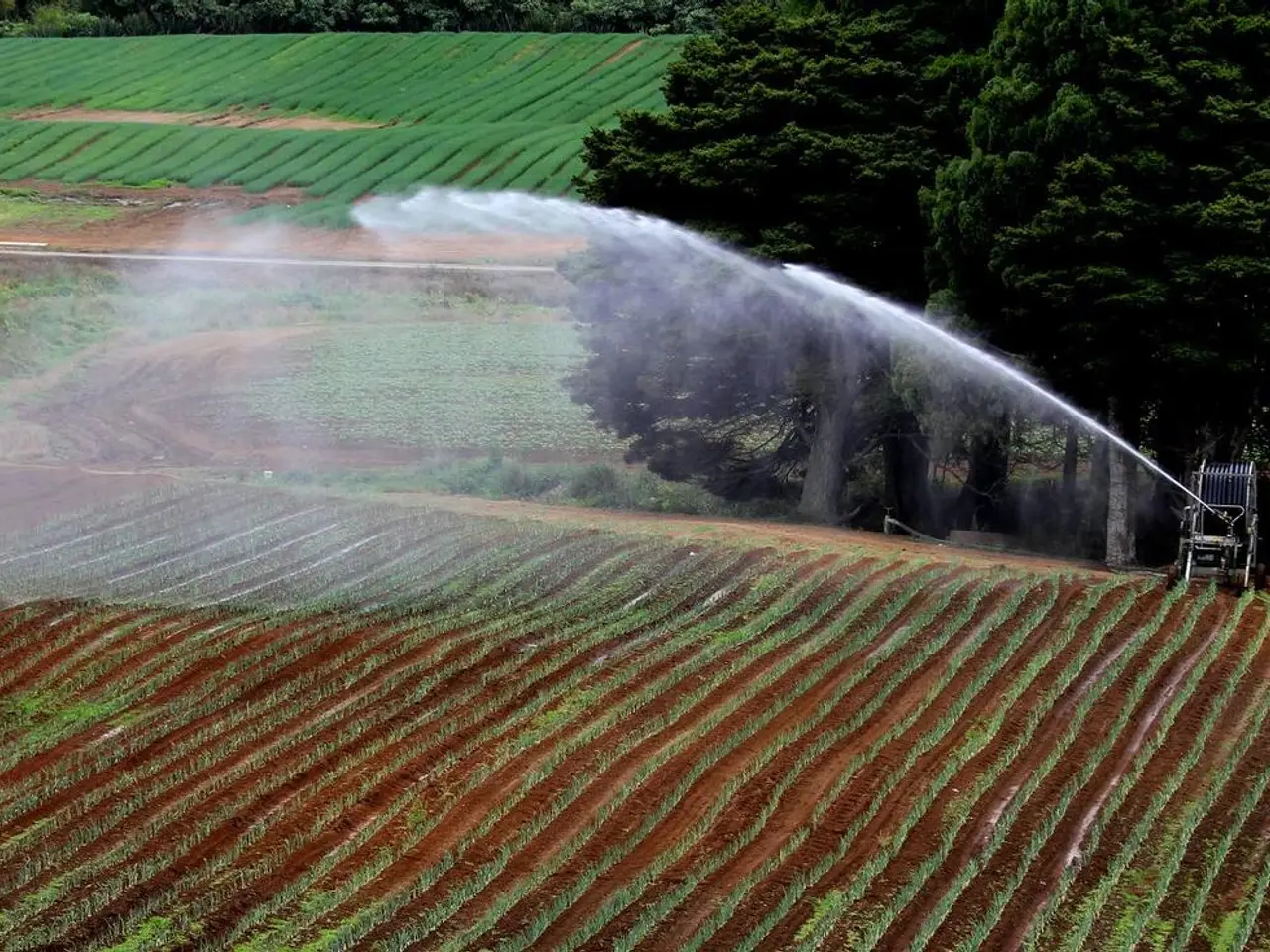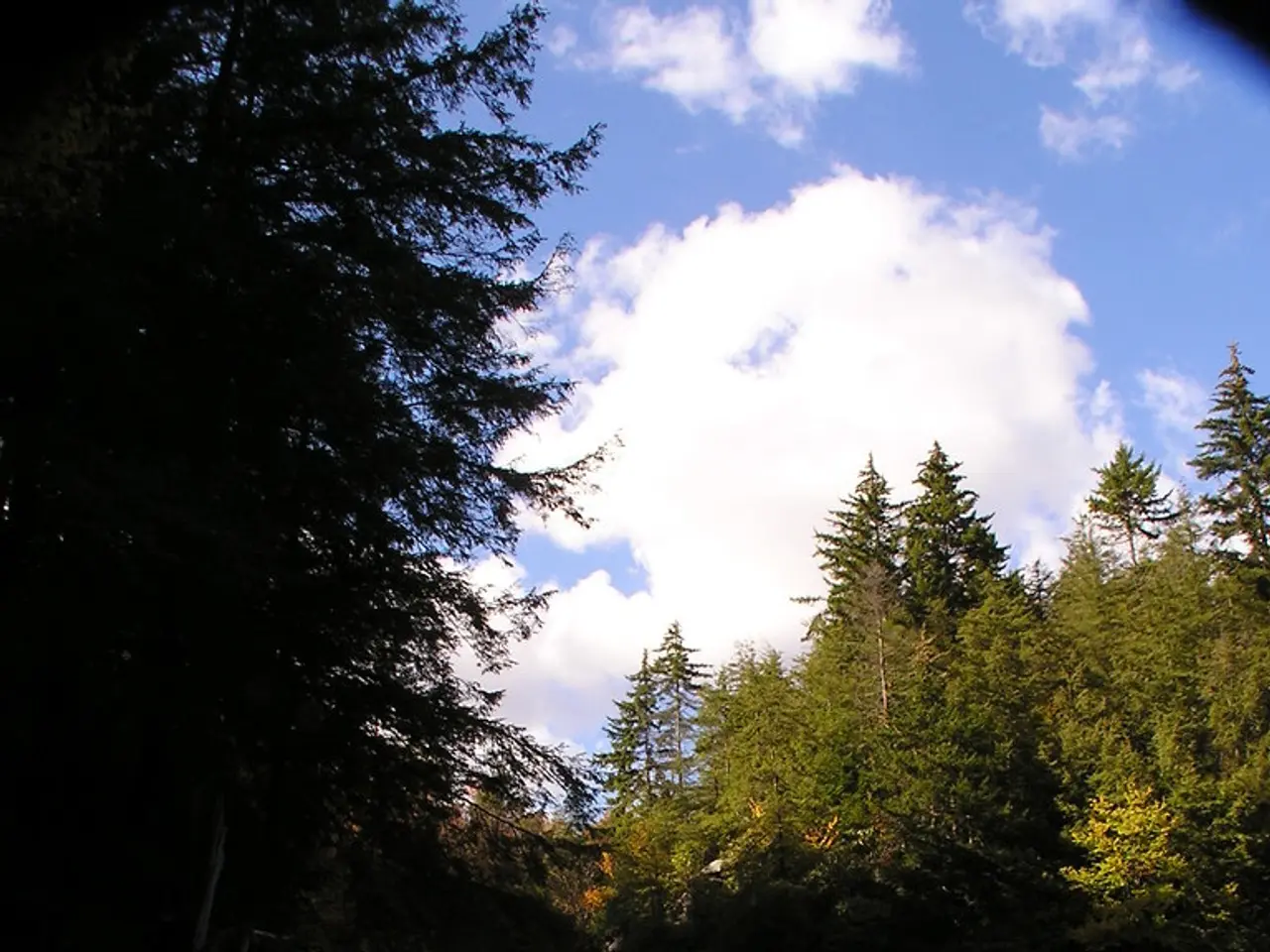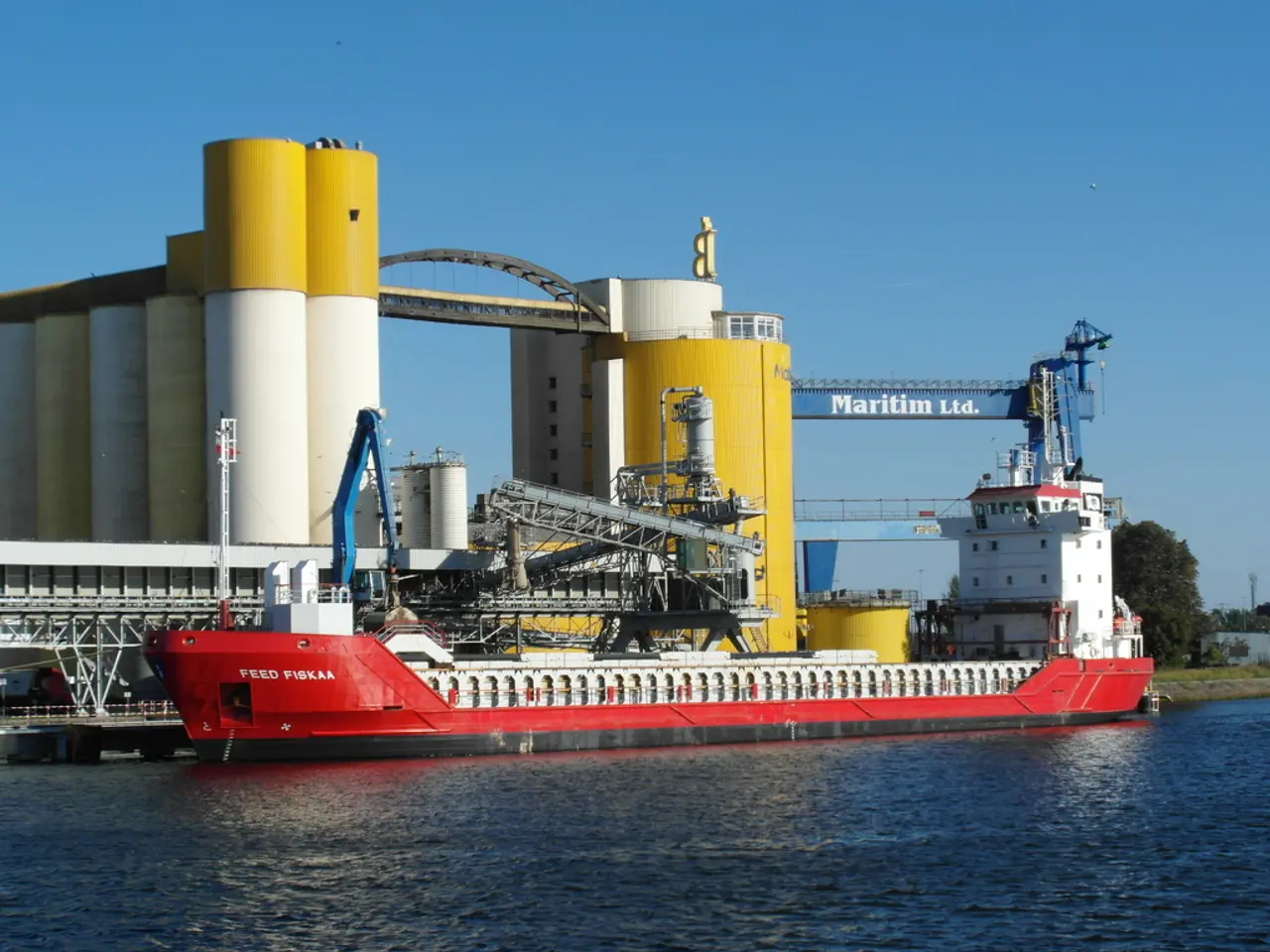Monstrous Mile-Long Portal to Underworld Unveiled in Iceland
In the early hours of July 16, 2025, an eruption occurred at the Sundhnúksgígar fissure system near Grindavík on the Reykjanes Peninsula, Iceland. This is the twelfth eruption in the area since 2021, and it has been active ever since.
The lava flow, though ongoing, has decreased compared to the initial stages of the event. Volcanic tremors and seismic activity have also subsided, but gas pollution and the risk of wildfires remain concerns. Lava is currently flowing southeast from a fissure estimated to be about 700 to 1,000 meters long (approximately 2,296 to 3,280 feet wide). Despite this activity, no critical infrastructure is currently threatened.
Approximately 100 people have been evacuated from Grindavík, including tourists at the famous Blue Lagoon geothermal spa and nearby campsites. The evacuation was precautionary and went smoothly. Grindavík, a town with nearly 4,000 residents, has remained mostly deserted since large-scale evacuations started in 2023 following increased volcanic activity.
The eruption is considered relatively small based on GPS and deformation measurements, but the region's volcanic unrest is ongoing. Volcanic monitoring shows ongoing uplift and earthquake activity in the nearby Svartsengi area. The Icelandic Meteorological Office notes that while current measurements do not require raising the hazard level, continued magma accumulation could increase the likelihood of further magma intrusions or eruptions in the autumn of 2025.
The eruption began beneath the Sundhnúkur crater row, a location that has experienced powerful earthquakes since 2021, generated by magma movement within the Fagradalsfjall volcanic system. In March 2021, Fagradalsfjall erupted for the first time in 800 years, ending centuries of volcanic dormancy on the Reykjanes Peninsula. Subsequent eruptions in 2024 caused further damage in Grindavík.
The ongoing eruption could have a national impact if it changes and poses a threat to Reykjavik or disrupts air traffic, potentially taking a toll on Iceland's booming tourism industry. Since 2023, Grindavík has faced repeated eruptions from Sundhnúkur, causing structural damage to roads and buildings.
Authorities continue to monitor the situation closely and prioritize public safety. The Government of Iceland has stated that the eruption poses no threat to infrastructure, tourist attractions, or air traffic. However, the public is advised to stay informed and follow any safety guidelines issued by local authorities.
[1] Iceland Review: https://www.icelandreview.com/news/volcanic-eruption-in-grindavik-iceland-continues-to-cause-concern/ [2] Iceland Meteorological Office: https://en.vedur.is/articles/2025/07/18/eruption-in-grindavik-iceland-continues/ [4] Icelandic Coast Guard: https://www.islandsbjorg.is/en/news/2025/07/18/icelandic-coast-guard-assists-in-evacuation-of-grindavik/
- The ongoing earth-science event at Sundhnúksgígar fissure system could potentially be a game-changer for weather-forecasting and climate-change studies, as scientists at Gizmodo are eagerly studying its implications.
- As an earther concerned about the future of our planet, the author is keeping a close eye on the environmental-science developments in Iceland, particularly the impact of this eruption on the region's weather patterns.
- Technology could play a crucial role in addressing the challenges posed by the eruption, with weather-forecasting models employing the latest algorithms to predict potential hazards and avert disruptions to air traffic.
- Despite the ongoing concerns, the people of Iceland remain resilient, showcasing an admirable spirit of perseverance in the face of the natural events that shape their beautiful island home.
- In reflecting on this event, we must consider the broader implications for earth-science and our understanding of the always-evolving relationship between our planet and its inhabitants, as we continue to grapple with the complex and interrelated issues of our time.







